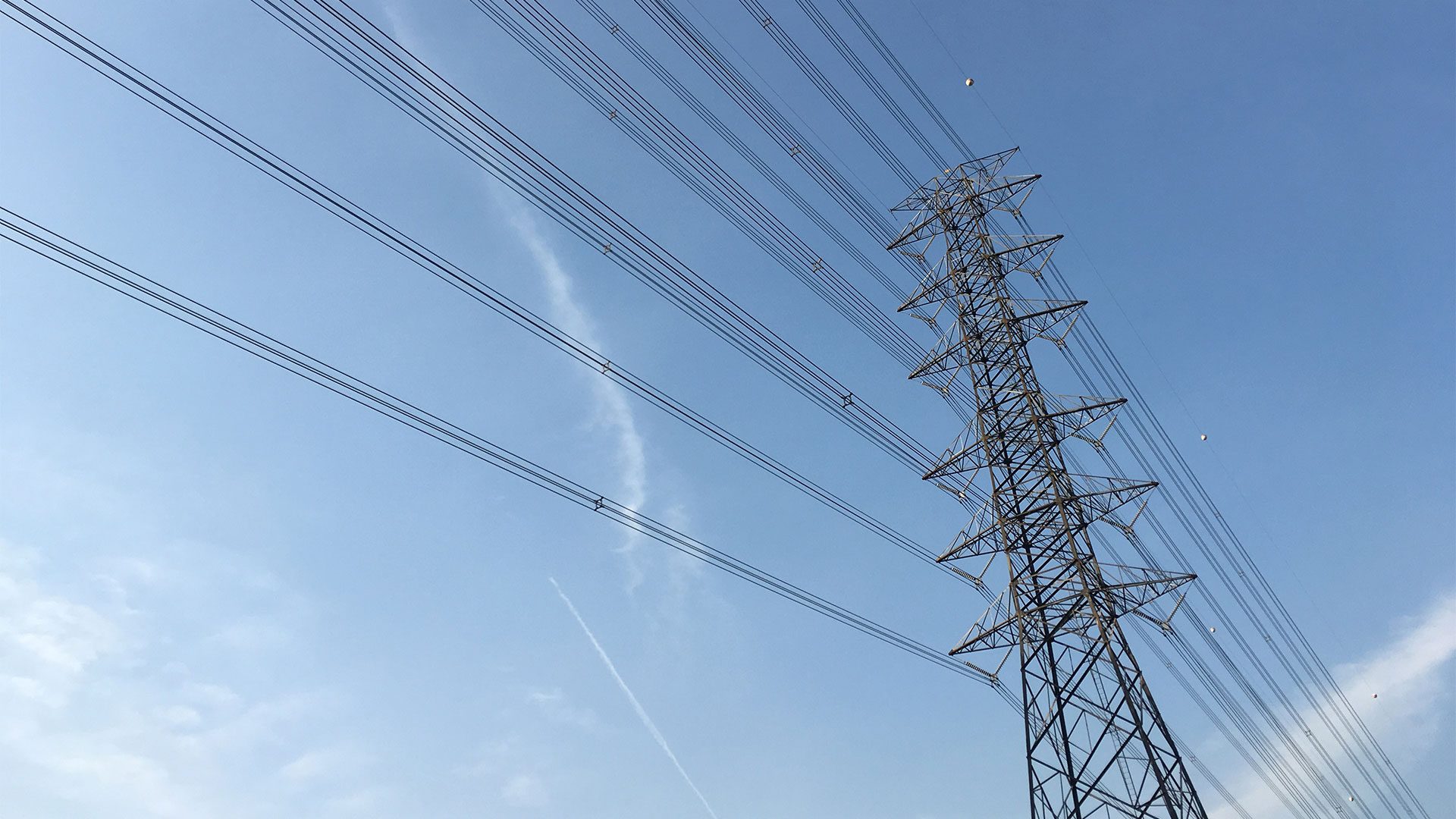The PJM Transmission Expansion Advisory Committee (TEAC) Special Meeting held on September 6, 2024, centered on the implications and requirements of FERC Order 1920. The meeting offered an extensive and detailed discussion, focusing on the new transmission planning methodologies, the evolving role of energy storage, stakeholder involvement, and co-optimization efforts between transmission and generation. Below is a detailed, comprehensive summary of the meeting, incorporating all of the critical information and discussions that took place.
Introduction and Meeting Overview
The meeting opened with a brief overview of the agenda, emphasizing the objectives of aligning PJM’s transmission planning process with FERC Order 1920 mandates. Stakeholders were reminded that the order required PJM to enhance transparency and increase collaboration in the modeling of future grid scenarios, particularly regarding renewable energy integration, the incorporation of advanced technologies, and meeting new state and federal regulatory frameworks. Participants were invited to follow along using the attached materials, which had been updated since the previous TEAC session.
Scenario-Based Planning and Modeling
A large part of the discussion centered around scenario-based planning, which is a critical component of FERC’s directive. PJM representatives emphasized the importance of using scenario modeling to predict future grid conditions and identify transmission needs. One of the primary goals discussed was incorporating policy drivers, such as electric vehicle (EV) adoption, the rise in heat pumps, and state-level renewable energy mandates, into transmission planning models. It was emphasized that these factors would significantly influence both transmission development and resource adequacy over the next decade.
Argonne National Lab’s HEADOUT tool was highlighted for its potential in modeling severe weather impacts on transmission infrastructure, with future plans to expand its use to cover multiple weather events simultaneously. This tool will help PJM assess risks to the grid and prioritize grid-hardening projects in vulnerable areas, such as coastal regions prone to hurricanes. Scenario models also include policy and market shifts, like the increased deployment of battery energy storage systems (BESS) and other grid-stabilizing technologies.
The FERC Order 1920 mandates PJM to make state-driven policy goals an integral part of their planning assumptions. As such, states within the PJM footprint have varying renewable energy and decarbonization goals that must be considered. Modeling EV load growth was highlighted as an example of how future scenarios could differ, depending on how states handle electrification.
Project Selection and Portfolio-Based Approach
A key topic of the meeting was the shift from individual project selection to a portfolio-based approach. The portfolio method, which has been successfully utilized by other regional transmission operators such as MISO, focuses on grouping transmission projects into a comprehensive package for approval rather than considering them in isolation. This method accounts for uncertainty and variability in both transmission needs and resource availability.
The portfolio-based approach ensures that a balanced set of projects can address various challenges across the grid, such as transmission congestion, reliability risks, and renewable energy integration. Attendees agreed that this strategy would reduce the risk of project failure due to delays or individual cancellations. Stakeholders expressed support for this shift, noting that PJM’s traditional deterministic project selection process might not adequately capture the full range of market risks and system uncertainties.
Transmission and Generation Co-Optimization
An important part of the meeting addressed the co-optimization of transmission and generation, which is becoming increasingly critical as the grid evolves. PJM’s approach to integrating renewable energy sources (especially solar and wind) and energy storage technologies is central to future grid reliability and efficiency. There was a detailed discussion on how renewable resources and transmission projects should be co-optimized to ensure that projects not only deliver electricity but also facilitate the integration of renewable energy without curtailment.
One of the meeting’s key discussions centered around energy storage. Attendees noted that PJM must incorporate energy storage resources (ESRs) into its models more effectively. The integration of storage will allow the grid to absorb excess renewable energy and dispatch it when needed. Battery energy storage systems (BESS) were discussed as key components of PJM’s strategy to address grid flexibility and frequency regulation.
However, some stakeholders raised concerns about the transparency of PJM’s modeling process, specifically regarding how storage technologies are incorporated. The request for public access to PJM’s transmission models was voiced, with stakeholders advocating for greater data transparency so they can independently verify PJM’s projections and ensure accurate modeling assumptions.
Advanced Grid Technologies and Future Grid Requirements
The conversation then shifted to the future of advanced grid technologies and their role in ensuring reliability and stability. The integration of inverter-based resources (IBRs), such as solar and wind, was discussed in detail. PJM’s ongoing work to comply with IEEE 2800 standards for IBR ride-through requirements was highlighted as a critical area of focus, particularly in light of recent grid disturbances caused by inverter malfunctions. These technical requirements are vital for ensuring that IBRs remain online during grid disturbances rather than tripping offline, which can exacerbate system stress.
Additionally, there was an emphasis on the importance of regulatory and market alignment in facilitating the development and integration of these technologies. Stakeholders were informed that PJM would be working closely with state regulators and market participants to ensure that grid upgrades align with state policy goals and emerging federal regulations.
Stakeholder Input and State Involvement
Throughout the meeting, PJM reiterated its commitment to ensuring that stakeholders have a meaningful role in the planning process. States were emphasized as key stakeholders, especially since many states in PJM’s footprint have aggressive renewable energy targets and decarbonization goals. PJM also discussed the potential for customer-funded projects, where large consumers or other entities interested in clean power could fund specific transmission projects to meet their energy goals.
The cost allocation process was also discussed. It was highlighted that stakeholders involved in transmission planning should have a corresponding role in cost allocation decisions. This is particularly relevant as transmission upgrades become increasingly necessary to support the shift to renewable energy and grid modernization.
FERC Order 1920 Compliance and Project Requirements
Key compliance deadlines related to FERC Order 1920 were outlined, with the emphasis on the April 2025 deadline for submitting exemption requests for certain grid resources. Projects that fail to meet new standards must request extensions by this date. PJM will be required to provide regular updates on the compliance status of new and legacy projects, with a focus on transparency and accountability. The exemption process was discussed as a critical path for legacy IBRs and other technologies that may not meet the IEEE 2800 standards by the initial deadlines.
Additionally, the need to model renewable energy and storage projects effectively within these new frameworks was highlighted. The meeting emphasized that PJM is prioritizing transmission projects that not only solve current grid constraints but also provide long-term flexibility for future grid conditions under high-renewable penetration scenarios.



